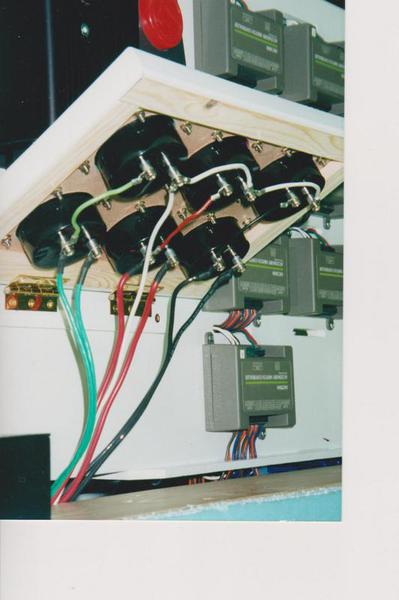I would like to build a test track for checking out locomotives and other various powered rolling stock. Can anyone suggest an ammeter and volt meter for such a project? I am looking for something panel mounted. I don't have a a strong preference but would lean towards analog displays. If it makes any difference, I hope to use this stand to program dcs engines.
I am hoping to make the stand fairly quickly, so if anyone knows of a common retailer such as radioshack, that might have what I need, please let me know.
thanks in advance,
John Z








